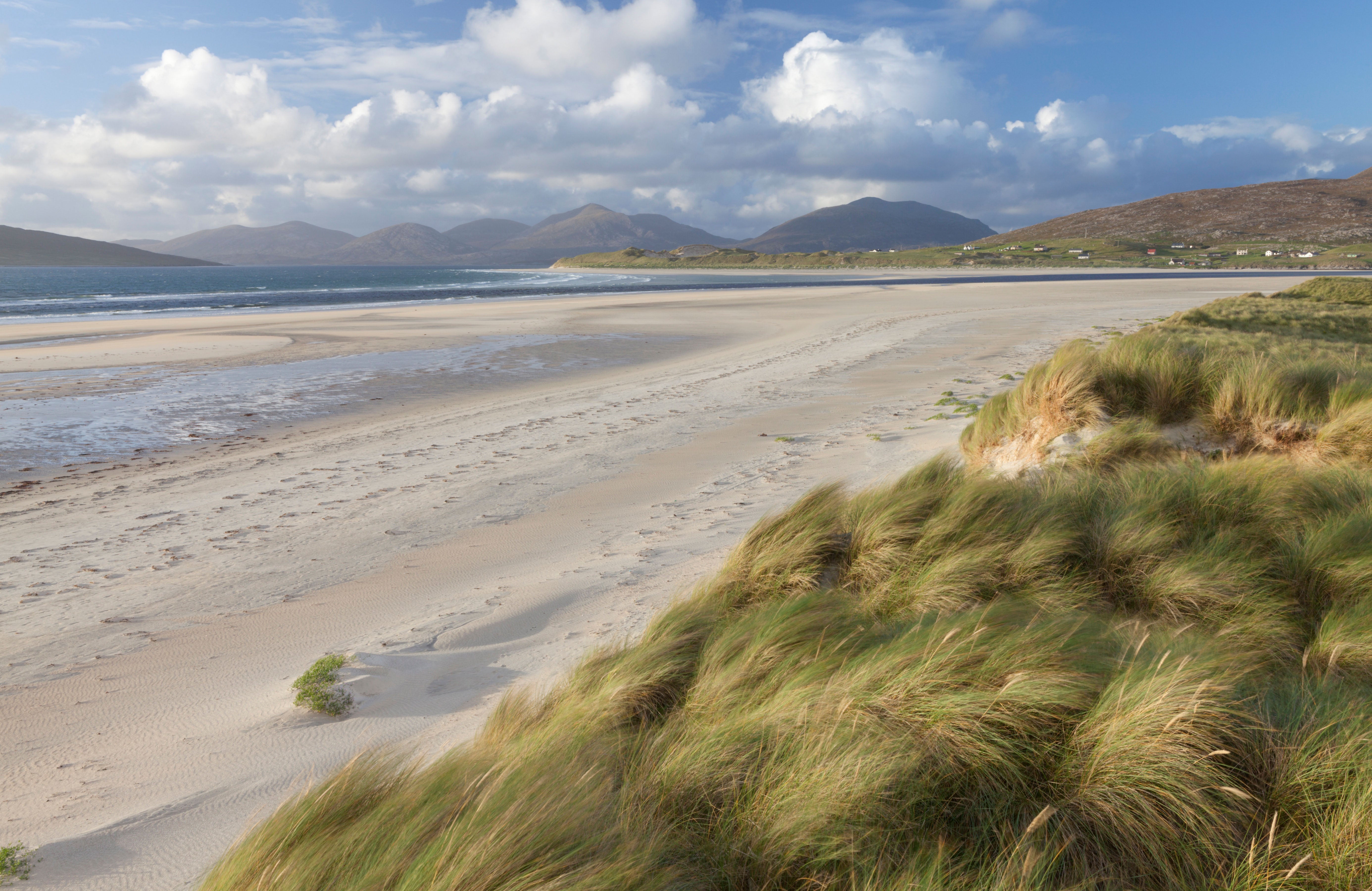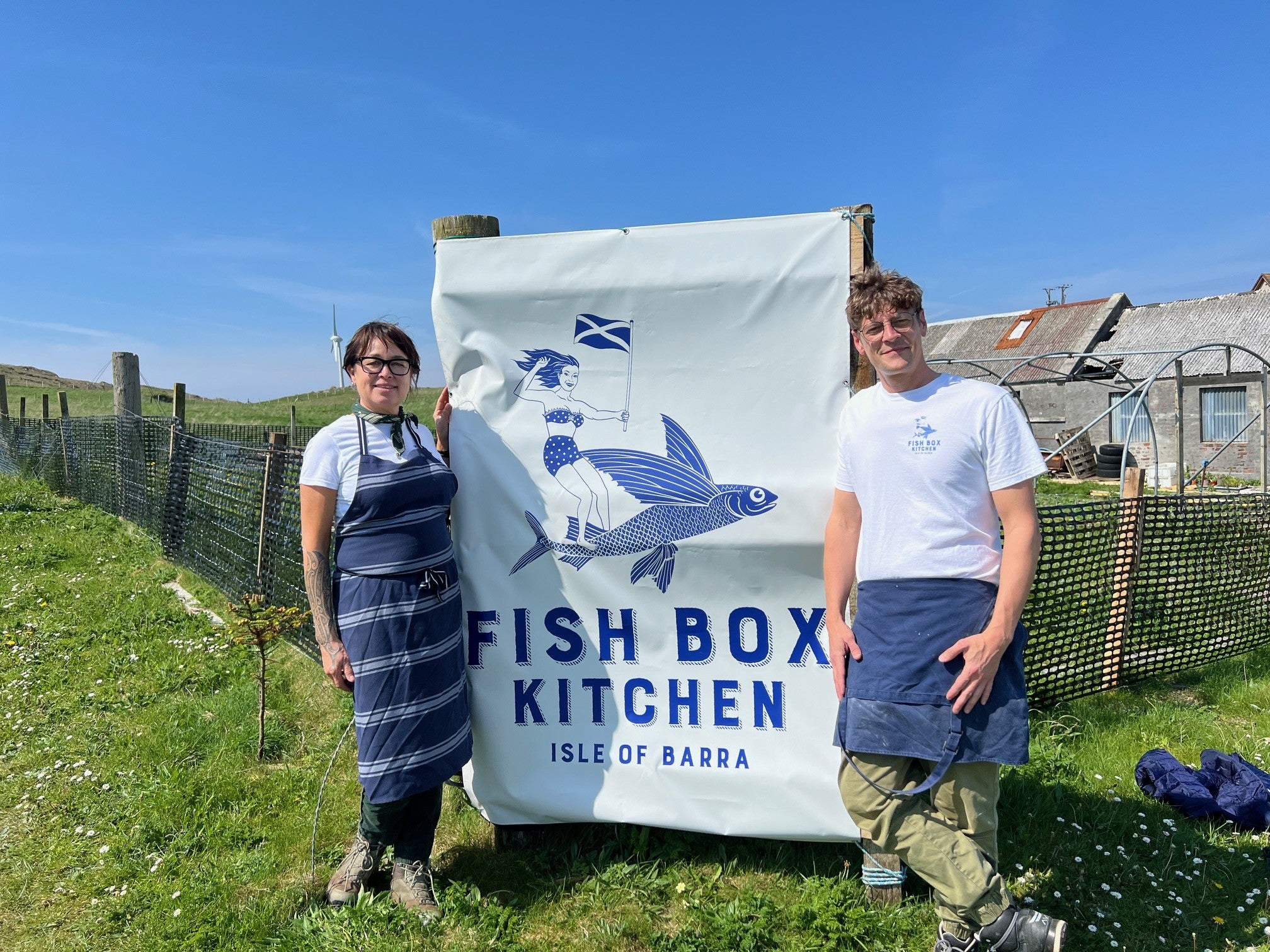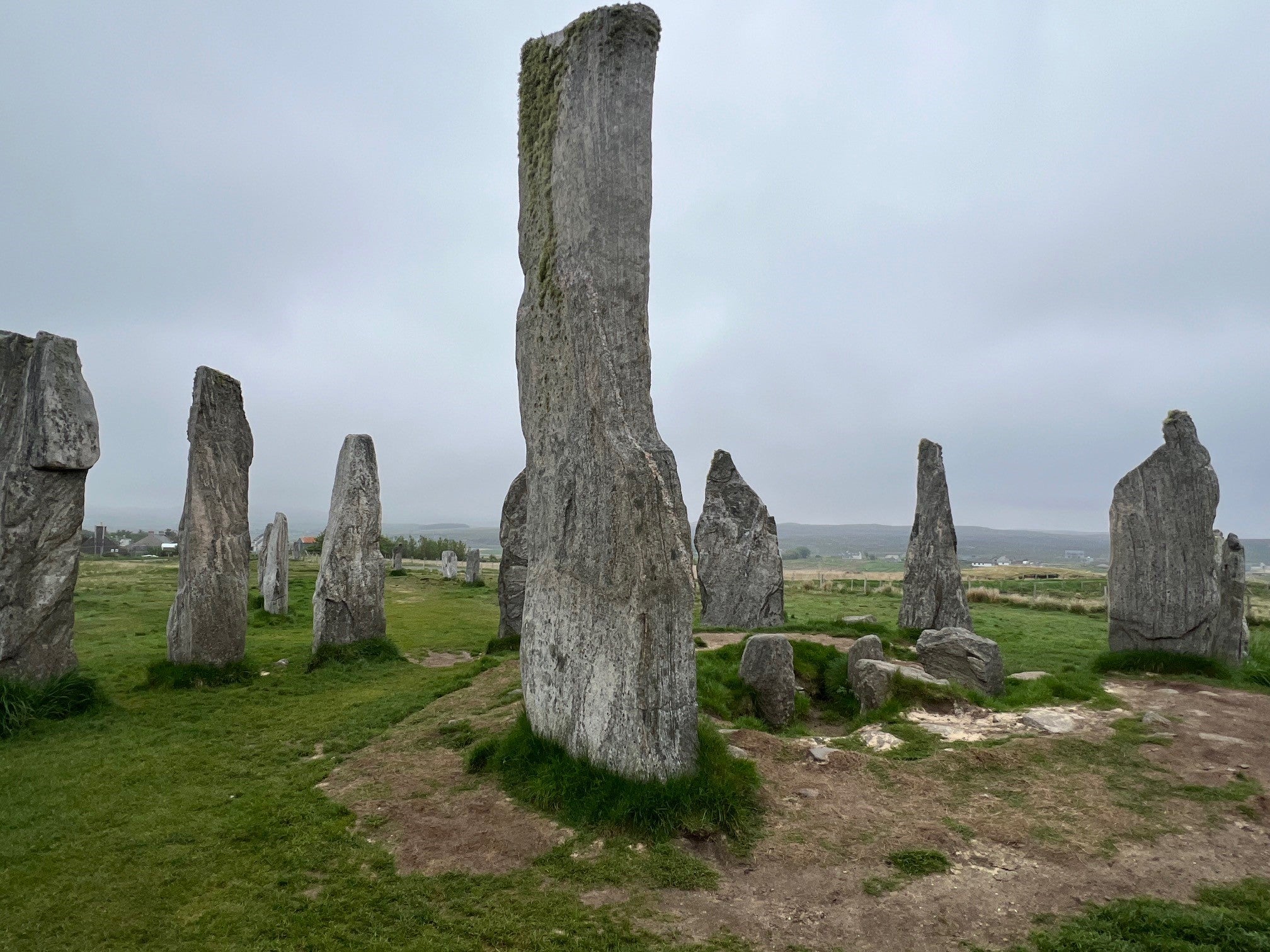
This is the story of a holiday that I’m sure will nourish my spirit for years to come.
When the bleak days of winter close in I shall sit in front of a log fire and ponder on a rich list of spellbinding moments.
The memories are from a long-distance motorhome trek to Na h-Eileanan Siar, the Gaelic name for the Western Isles, or Outer Hebrides. These are a beguiling, fascinating, string of islands which act as a rocky last British bastion before the restless Atlantic and its wild winds take over.
I’ve always loved visiting Britain’s remote corners – and this journey to Scotland’s western frontier had been in my thoughts for many years.
BBC newsreading legend Cliff Michelmore fired a myriad of dreams when he presented the groundbreaking Holiday series in the 1970s. I became fascinated in the scattering of 65 Outer Hebridean islands, just 15 of them inhabited, back then.
Read more: How to spend a day in Portobello, Edinburgh’s swinging seaside suburb
Guidebooks showed aquamarine seas, creamy-white beaches, mysterious ancient monuments and spectacular coast and mountain scenery. But could it possibly be as good as indicated?
It took retirement for both my wife and I – and the arrival of a motorhome – to spur us towards finding out, on an epic journey of 1,750 miles.
Studying maps and watching weather forecasts through the years, it was clear the windswept islands are often blessed with a couple of weeks of high pressure and great weather during May. So May 2024 was decided upon, with a south to north drive through the islands in scope.
The plan was to sail from the mainland port of Oban to Barra, a picturesque island in the south, and to take ferries, to drive over bridges and to navigate causeways to reach Lewis, 150 miles to the north. The Lewis capital or ‘town’, as islanders call Stornaway, was to be our last stop before returning to the mainland, ready for the long drive home to the south east of England.
One chilly day in January this year the early foundations were laid with a call to the ‘lifeline of the western isles’, ferry firm Caledonian MacBrayne.The call centre team couldn’t have been more helpful and soon four crossings – two to and from the islands and two internal sailings – had been booked.
Read more: The best boutique hotels in Edinburgh
Framework in place, it took several days of online searching, phone calls and filling in booking forms to secure half a dozen pitches for our home on wheels. So did the dream match up to reality? Were there any downsides – and did the weather meet up to expectations? Let’s start with hoped-for sunshine.
Weather: Our May weather was simply wonderful, with just one rainy day in our two weeks. It was breezy most days. The area generally has a mild to cool climate with temperatures up to 20C in summer.
People: The population of these isles numbers around 26,000. It’s the smallest parliamentary seat in the UK – but what islanders lack in numbers they make up in hospitality. Where else would a bus driver make a one-mile detour off his route to take the two of us to a cafe?
Then the owner of our croft campsite site drove us a mile to the pub for a meal. We met smiles and helpfulness everywhere.

The beginning: With more than 500 road miles to reach picturesque Oban we decided on four overnight stops and made the journey part of the adventure. We stayed close to the A1 in Lincolnshire, Haltwhistle, Northumberland, Stirling and near our departure point in Oban.
Ferries: All our crossings were on time – and each provided their own sightseeing highlights. The ‘internal’ sailings were between Barra and Eriskay and Bernaray to Harris.
Driving: We loved our road trip through England and Scotland and had no issues, but we had concerns about travelling through the islands with a large motorhome. We needn’t have worried – the single-track roads were well maintained with passing places at regular intervals.
Island campsites: Book as early as possible – we found spaces when we booked at the turn of the year, but they are limited.
Beaches: Glorious sands at every turn – the beach at Seilebost, west Harris, is so beautiful you will need an extended sit down to soak the surroundings.

Food: We ate well throughout the trip, particularly on island-caught seafood. The Fish Box Kitchen, run by Helena Willes and Thomas Purser, on Barra, is small, rustic and utterly charming. Its menu changes depending on what is brought in from next door’s fishing boat. Lobster with clams for lunch was a feast from heavenly Hebridean seas.
Wildlife: The islands are a haven for cuckoos and the mysterious and secretive corncrake. I saw many of the former and none of the latter. But you know corncrakes are there from their cries – like a cross between a ballon’s escaping air, and a noisy handsaw. A soaring golden eagle was another highlight. Offshore, open-mouthed basking shark are regular krill seekers and dolphins, whales, seals and otters, often pop up.
History: We visited the stone circle at Callanish, which is said to be at least as old as Stonehenge, circa 2,900 BC. Dozens of visitors were taking pictures when we arrived but soon they just vanished to leave us with the entire site to ourselves, our own special moment.

Dun Carloway broch, also on Lewis, is an Iron Age fortress on a pinnacle of rock, another monument we loved exploring.
Watch out for tourist signs to blackhouses. These are remnants of mainly 19th century cottages where everyone – including all the animals on the land, came in to one room at night! With fires lit and often little ventilation the primitive homes often had blackened walls and lots of smells.
Cost: Ferries, fuel, camping fees, food and pub meals brought our expenditure to £1,400 and we had fees of £350 for our mainland sites.
The islands: Harris has its mountains, Lewis is rugged and windswept with the Butt of Lewis, the most northerly point. Taransay, off west Harris, is uninhabited and was the setting for the BBCs 2000 series Castaway which launched the career of adventurer Ben Fogle. Barra and Eriskay in the south are considered beautiful ‘pocket islands’. The latter acts as a bridge between Barra and South Uist – first a ferry and then a causeway.
Scenery: Lowlands to the west of the islands are called the machair – sometimes boggy, but fertile dune pastureland. In spring wild flowers are in abundance. Many crofts, where the islanders’ ancient agricultural traditions continue, are found here. An area of South Uist is called the Machair National Scenic Park.
With a myriad of islands to explore, including Benbecula, Grimsay and Vatersay, this is an adventurer’s paradise. Some take the route by car, others by cycle or motorcycle, and some by motorhome. Many spend a month or two here.
On those blissful beaches, up in the majestic mountains of Harris, in rugged Lewis or on beautiful Barra often you feel otherworldly – as if in a trance gifted by Mother Nature. We were well and truly mesmerised.







